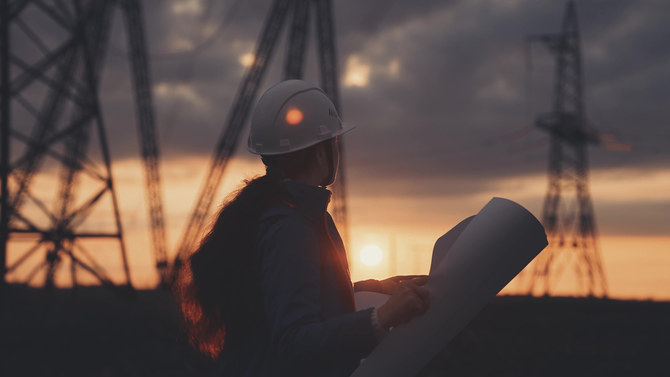
08 Jun 2024
RIYADH: Energy investment in the Middle East is projected to reach approximately $175 billion in 2024, with clean resources accounting for around 15 percent of the total, a new report disclosed.
The International Energy Agency’s analysis highlighted that clean energy investment in the announced pledges scenario is expected to more than triple by 2030 compared to 2024.
The report indicated that by the end of the decade, every dollar invested in fossil fuels in this scenario would be matched by 70 cents going to clean energy.
At present, spending on fossil fuel supply predominates; for every dollar invested in fossil fuels, only 20 cents is allocated to clean energy investment, representing approximately one-tenth of the average global ratio of clean resources to fossil fuel investment.
Five of the 12 countries in the region have set net zero emission targets. The UAE and Oman aim to achieve net zero emissions by 2050, while Saudi Arabia, Bahrain, and Kuwait have set a target for 2060.
Additionally, the UAE has committed to reducing emissions by 19 percent by 2030 from 2019 levels. It also pledged $30 billion in catalytic capital to launch a climate-focused investment initiative at the 2023 UN Climate Change Conference, or COP28.
Furthermore, the region’s power sector holds a distinct opportunity for increasing investment in clean energy technologies, notably for solar.
Harnessing these resources could substantially decrease reliance on both oil and gas in the power sector.
Saudi Arabia, for example, is targeting 130 gigawatts of renewable capacity by 2030, up from less than 5 GW today.
Similarly, projects are underway, including the large Al-Shuaibah Solar Power Plant in Saudi Arabia and the Mohammed bin Rashid Al-Maktoum Solar Park in the UAE.
Various countries have also announced blue and green hydrogen investments and intensified funding for critical minerals.
Saudi Arabia, for instance, has established a $182 million mineral exploration incentive program.
The UAE is also expanding its efforts in the sector, including through a $1.9 billion mining partnership in the Democratic Republic of the Congo and securing new agreements in copper-rich Zambia.